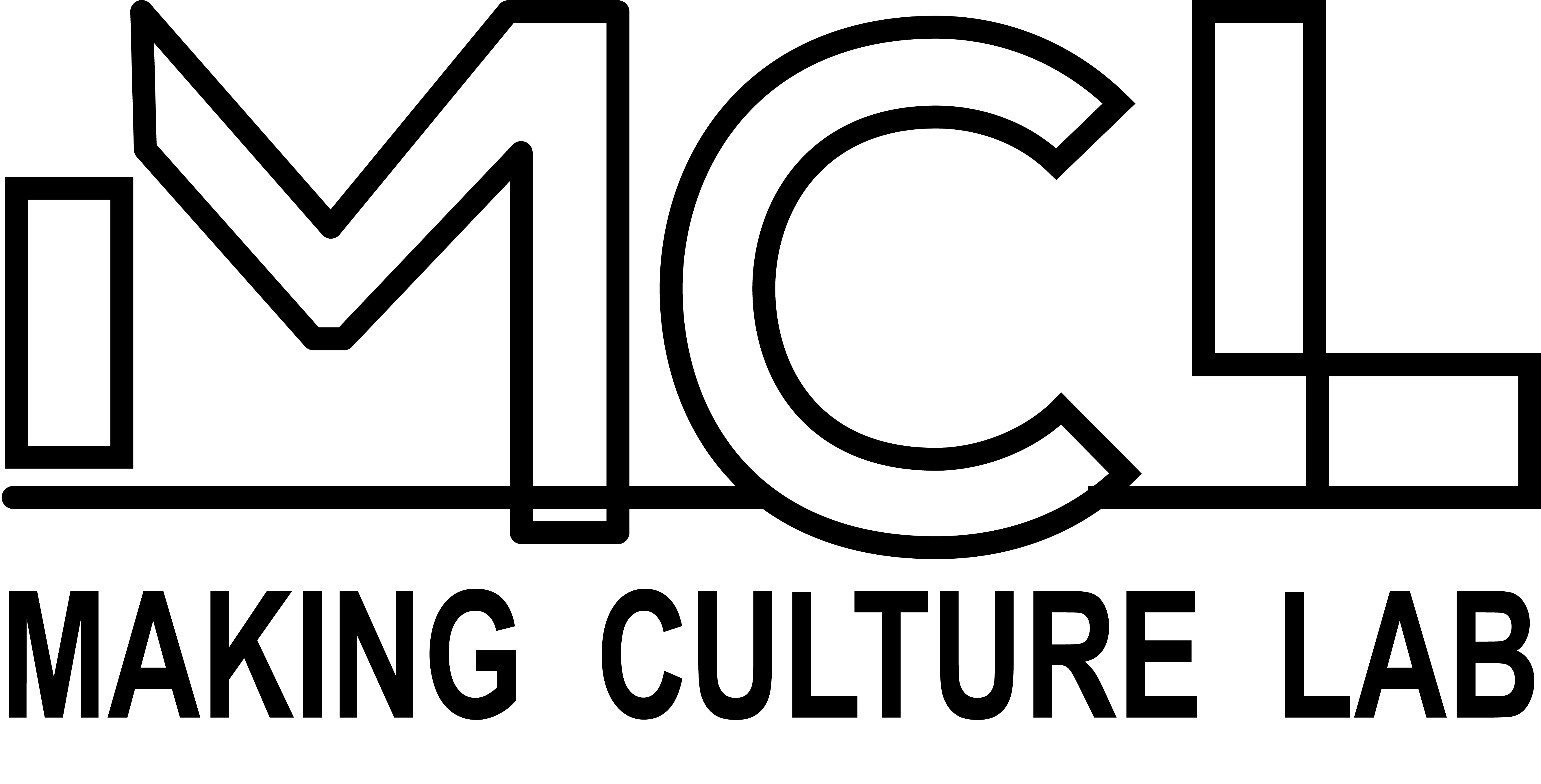Maps and Dreams at the Audain Gallery, curated by Curated by Brian Jungen and Melanie O’Brian
An exciting exhibition and related programming will start on May 31, 2017 at the Audain Gallery. “Maps and Dreams” is curated by Brian Jungen and Melanie O’Brian. It features artists from Treaty 8 Territory and will reflect on the legacy of Hugh Brody’s 1981 book Maps and Dreams.
Kate Hennessy will lead the related Reading Group on July 15th, 2017 at the Audain Gallery.

Karl Mattson, Plan / Response, 2016. Oil and gas compiled plan map, Winchester 30/30, Marlin 45/70 (detail). Image courtesy the artist.
Maps and Dreams
June 1 – July 29, 2017
Audain Gallery
Jack Askoty, Brittney and Richelle Bear Hat, Jennifer Bowes, Brenda Draney, Emilie Mattson, Karl Mattson, Garry Oker, Peter von Tiesenhausen
Maps and Dreams is a group exhibition that explores conceptions and implications of land use through cultural and industrial lenses. The exhibition specifically considers the territory of the Dane-zaa people of northeastern British Columbia, now in Treaty 8. Borrowing the title of Hugh Brody’s book Maps and Dreams, a 1981 anthropological study of the Dane-zaa, the exhibition includes work by artists who consider how this land and its intersection with human use is articulated, represented and contested.
Treaty 8 is an 1899 agreement (one of eleven treaties) between Queen Victoria/Government of Canada and various First Nations of the Lesser Slave Lake area. It covers 840,000 square kilometers and includes northeastern British Columbia, northern Alberta, northwestern Saskatchewan, and the southern portion of the Northwest Territories. The region – largely boreal forest or grassland steppe, now used for agriculture – is both a geopolitical and ecological zone where Canada’s largest revenue is generated by oil and gas industries.
Brody’s Maps and Dreams charts the Dane-zaa’s hunting, trapping and ceremonial territories to give voice to and defend an ongoing and vibrant traditional economy against expansionist colonization. The book is structured such that chapters alternate between a first-person narrative of the Dane-zaa and accounts of the history, politics and social conditions in which the Indigenous community has to compete with resource and recreational industries. Dreaming is not fully definable in English, but Dane-zaa stories speak to an intimate knowledge of land that is not separate from human or animal existence. Rather than an idea of transcendence, dreaming is inclusive of beings that are not human, along with the entire cosmos.
Maps and Dreams and Treaty 8 define a set of cultural, historical, environmental and political parameters in which to locate the exhibition. The artists all have close ties to the land in this region and, through various strategies and speculative inquiries, take up these issues materially, conceptually and performatively in their various artistic practices. Together their works consider complex positions and approaches to the ways humans interact with their environment.
Jack Askoty’s photographs were taken over several decades in and around the Doig River First Nation, affording a rich view onto the social, economic and aesthetic spaces therein. Brenda Draney’s spare, vibrant paintings address her cultural context of Sawridge First Nation and personal memory. While Brittney and Richelle Bear Hat’s collaborative work navigates land-based kinship to offer personal narratives of reconnection.
The labour of land development is signaled in Garry Oker’s construction hammers with Dane-zaa designs, pointing to the complex role Indigenous people hold in various manifestations of Treaty 8. Jennifer Bowes’ meditative work navigates the land’s relationship to farming and leisure to result in an action or object that engages labour, intensive attention and repetition. Emilie Mattson’s sculptural work, a canoe made from willow, cow placenta and fiberglass, uses materials from the land (including offal) to transport our thinking to use-histories.
Along with material considerations, the exhibition also includes documents of actions connected to land contestation and surface rights. Peter von Tiesenhausen worked to copyright his land as an artwork in order to successfully thwart oil companies from digging for wells or laying pipelines. Maps of Karl Mattson’s ranch indicate how riddled it is with oil and gas company wells; these maps have been shot in acts of frustration and anger. Together these works and attendant public programming take up complex positions and approaches to the ways humans interact with their environment.
Curated by Brian Jungen and Melanie O’Brian
Events
Artists Talk
Wednesday, May 31, 4 – 5pm
Curators with Brittney and Richelle Bear Hat, Jennifer Bowes, Brenda Draney, Emilie Mattson, Karl Mattson, Garry Oker
Audain Gallery
Opening Reception
Wednesday, May 31, 7 – 9pm
Audain Gallery
Talk: Hugh Brody
Wednesday, July 5, 7pm
Djavad Mowafaghian World Art Centre
Walk: Jordan Wilson with Musqueam
Saturday, July 8, 2pm
Location TBD
Reading Group: Kate Hennessy on Maps and Dreams
Saturday, July 15, 2pm
Audain Gallery
Featured image: Karl Mattson, Plan / Response, 2016. Oil and gas compiled plan map, Winchester 30/30, Marlin 45/70 (detail). Image courtesy the artist.

